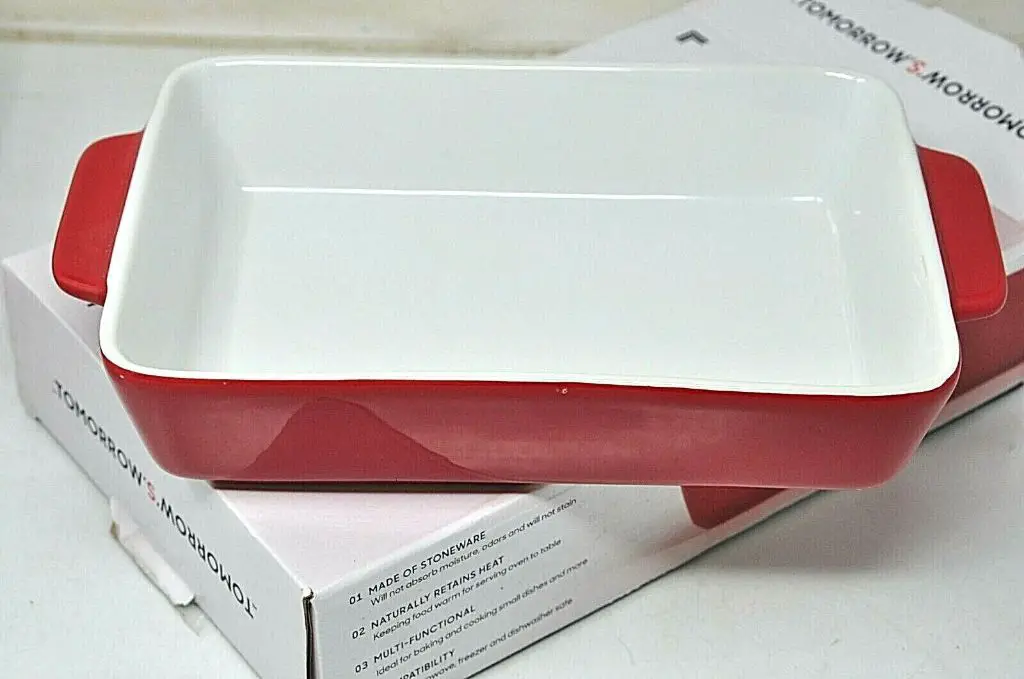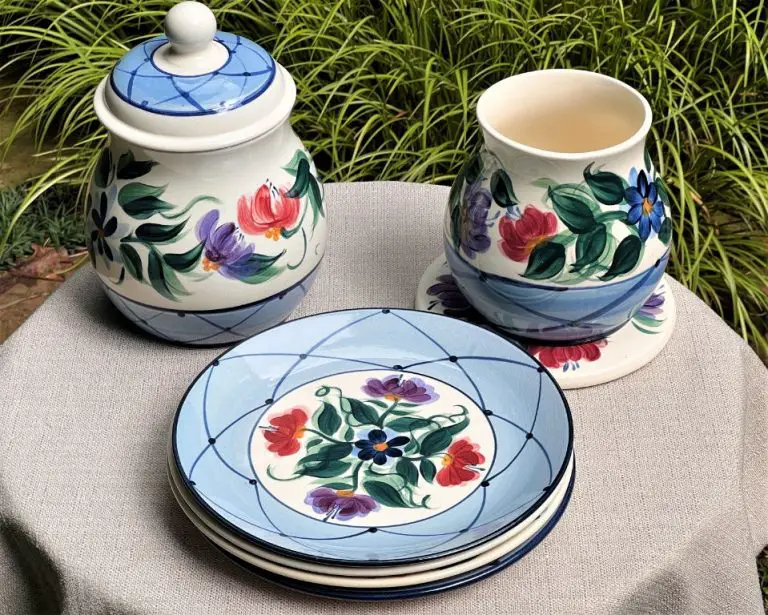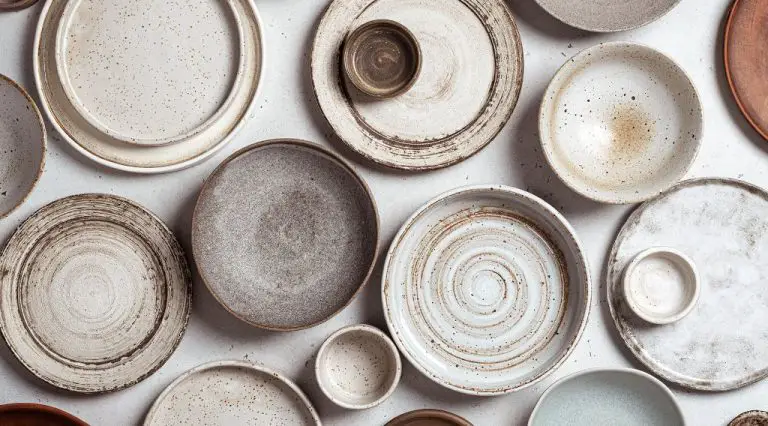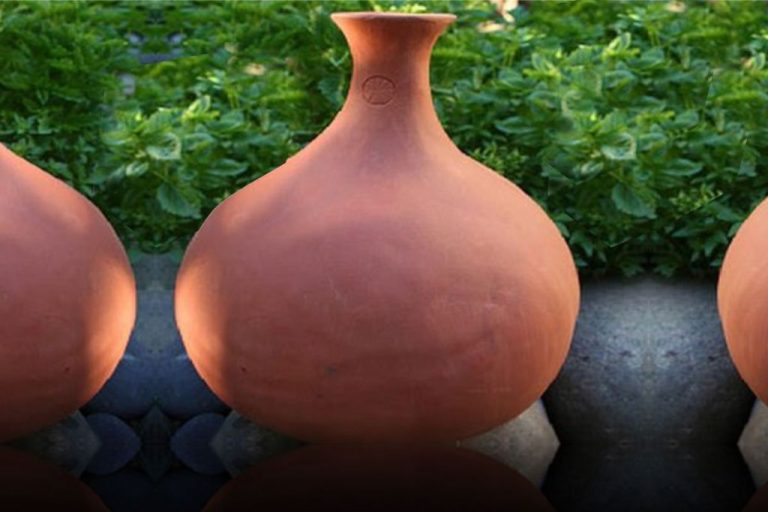Is Ceramic Or Metal Better For Baking Bread?
When it comes to baking bread, the material of the baking vessel matters. Ceramic and metal pans each have their advantages and disadvantages for bread baking. Ceramic bakeware provides excellent heat retention and moisture evaporation control. However, metals like aluminum and stainless steel conduct heat faster and promote better browning. Determining whether ceramic or metal is better for baking bread depends on your priorities – do you want to maximize crust formation or retain interior moisture?
In this article, we’ll compare ceramic and metal bakeware for bread baking across factors like heat conductivity, moisture retention, ease of use, and more. By understanding the strengths and limitations of each material, you can decide which is best for your bread recipes and baking style.
Heat Retention
Ceramic materials have excellent heat retention properties. According to Kyocera, ceramics have high heat resistance and only begin to melt or decompose at temperatures above 2000°C (approx. 3632°F). This makes ceramic very effective at retaining heat during baking. Ceramic distributes heat evenly, providing consistent baking results.
In comparison, metals like aluminum and steel have much lower melting points. Aluminum melts at 660°C while steel melts at around 1370°C. This makes metal more prone to heat fluctuations during baking. Ceramic’s superior heat resistance allows it to retain heat better than metal.
Heat Conductivity
Metal is generally a very good heat conductor compared to other common baking materials like ceramic or glass (Source). Of the metals commonly used in bakeware, aluminum and copper have the highest thermal conductivity. Aluminum has a conductivity of 205 W/(m/K) and copper has a conductivity around 400 W/(m/K) (Source). This means they heat up very quickly and distribute heat evenly across their surface. The high conductivity allows metal bakeware to quickly transfer heat energy into the dough for even browning and efficient cooking. Stainless steel has a lower conductivity around 15 W/(m/K), but still higher than ceramic which is usually below 2 W/(m/K). The higher the thermal conductivity, the faster and more evenly heat will spread in the bakeware and to the bread dough.
Baking bread either in ceramic or in metal pans causes a visual difference in the color of the crust. This browning effect occurs due to the Maillard reaction, which is a chemical reaction between amino acids and reducing sugars in the bread dough when it is exposed to heat. This reaction produces hundreds of different flavor compounds and causes the crust to brown.
Browning
Metal, especially light-colored aluminum or stainless steel, tends to promote faster and more even browning on all sides of the loaf. This is because metals are excellent conductors of heat, rapidly transferring heat energy throughout the pan and into the dough.[1] The increased heat exposure causes the Maillard reaction to occur quicker and more uniformly for a beautifully browned crust.
Ceramic pans, on the other hand, are poor heat conductors. Heat transfers through ceramic much more slowly than metal. This means the Maillard reaction happens slower, producing a pale crust with potentially uneven browning on the sides or bottom of the loaf.[2] The poor conductivity of ceramic can lead to a much paler looking loaf or inconsistent browning between the top and sides.
Moisture Retention
Ceramic bread baking vessels excel at moisture retention compared to metal. The porous nature of ceramic allows it to absorb moisture from the dough during baking, then gradually release steam back into the interior of the loaf as it cools. This “moisture battery” effect keeps the bread softer and fresher for longer. According to sources like the JBK Pottery Ceramic Bread Saver (https://www.hickitchen.com/10151-bread-saver-cd-), ceramic wares are specially designed to maintain moisture levels in baked breads and pastries.

Cleanup
When it comes to cleanup, ceramic bakeware has a clear advantage over metal bakeware. Ceramic’s smooth, nonporous surface does not react with ingredients, so food does not get stuck on like it can with metal pans. This makes ceramic pans much easier to clean – they can simply be wiped or rinsed out. Metal bakeware, especially uncoated types like cast iron or aluminum, can react with acidic ingredients like tomatoes or lemon juice, leaving behind a stubborn residue or discoloration that requires scrubbing to remove (Ceramic vs. Metal Cooking Surfaces).
Durability
Metal baking pans tend to be more durable and resistant to cracks or chips than ceramic baking pans. According to Made In, stainless steel surpasses ceramic cookware in terms of durability and longevity. The harder steel used in metal bakeware can withstand higher temperatures and more frequent use without showing signs of wear and tear. Ceramic pans made from clay or porcelain can become brittle and prone to cracking over time, especially if subjected to sudden temperature changes or dropped. Metal pans made from aluminum or stainless steel will likely dent or bend rather than shatter if dropped. For maximum durability when baking breads at high oven temperatures, metal pans are generally the better choice over ceramic.
Weight
Ceramic cookware is generally lighter than metal cookware. This is because ceramic is made from clay and other natural materials, while metal cookware is made from heavier materials like stainless steel or cast iron. According to Prudent Reviews, the multiple layers of metal in stainless steel make it heavier than ceramic non-stick cookware. Cosmic Cookware notes that stainless steel cookware is often heavier and more difficult to handle than ceramic options. The Good Life Designs agrees that both stainless steel and ceramic pans are not too heavy, but ceramic still weighs less than metal.
The lightweight nature of ceramic makes it easier to maneuver in the kitchen and lift in and out of the oven when baking bread. Heavy metal cookware can cause arm strain when baking multiple loaves. Ceramic’s lighter weight also makes it less prone to damaging oven racks or shelves when sliding pans in and out during baking. For bakers who need to lift and move pans frequently, ceramic offers an advantage over heavier metal bakeware.
Cost
When it comes to price, ceramic bakeware is generally more affordable than metal options like stainless steel. As this source points out, stainless steel cookware tends to cost more than ceramic, though prices can vary depending on brand and other factors. Ceramic bakeware is often mass-produced, keeping costs down. Stainless steel requires more processing and material costs are higher, driving up the retail price. For home bakers on a budget, ceramic pans and baking dishes often provide the best value.
Ceramic’s affordability makes it accessible for more home cooks. While stainless steel bakeware can produce excellent results, the higher price tag puts it out of reach for some. Cost-conscious shoppers can get durable ceramic pans and baking dishes at lower price points. This makes ceramic a smart choice for bakers who want quality at an affordable cost.
Conclusion
In summary, stainless steel and ceramic both have their advantages and disadvantages for baking bread:
Stainless Steel Pros:
- Excellent heat conductivity for even browning
- Durable and long-lasting
- Lower cost than ceramic
Stainless Steel Cons:
- Lower heat retention than ceramic
- Can require more oil for nonstick performance
- Heavier than ceramic
Ceramic Pros:
- Natural nonstick properties
- Lightweight construction
- High heat retention for oven spring
Ceramic Cons:
- More prone to chipping and wear over time
- Slow and uneven heat conductivity
- Higher cost than stainless steel
For home bakers making bread weekly or more often, durable stainless steel may be the better choice. The even heating and lower maintenance make it a workhorse material. For occasional bread making, ceramic’s heat retention and nonstick properties provide excellent performance with minimal added fats. Consider your budget and baking frequency when deciding between stainless steel and ceramic bakeware.



